CorelDRAW Graphics Suite 2025 review
Why you can trust TechRadar
We spend hours testing every product or service we review, so you can be sure you’re buying the best. Find out more about how we test.
Ever fancy having a collection of software to help you tackle photo editing, page design, and vector illustrations all under one roof? Well that’s what CorelDRAW Graphics Suite 2025 is all about.
It’s part graphic design software, part photo editor, and one of the most comprehensive alternatives to Adobe Photoshop around. We tried out the latest version to see how it compares to rivals.
CorelDRAW Graphics Suite 2025: Pricing & plans
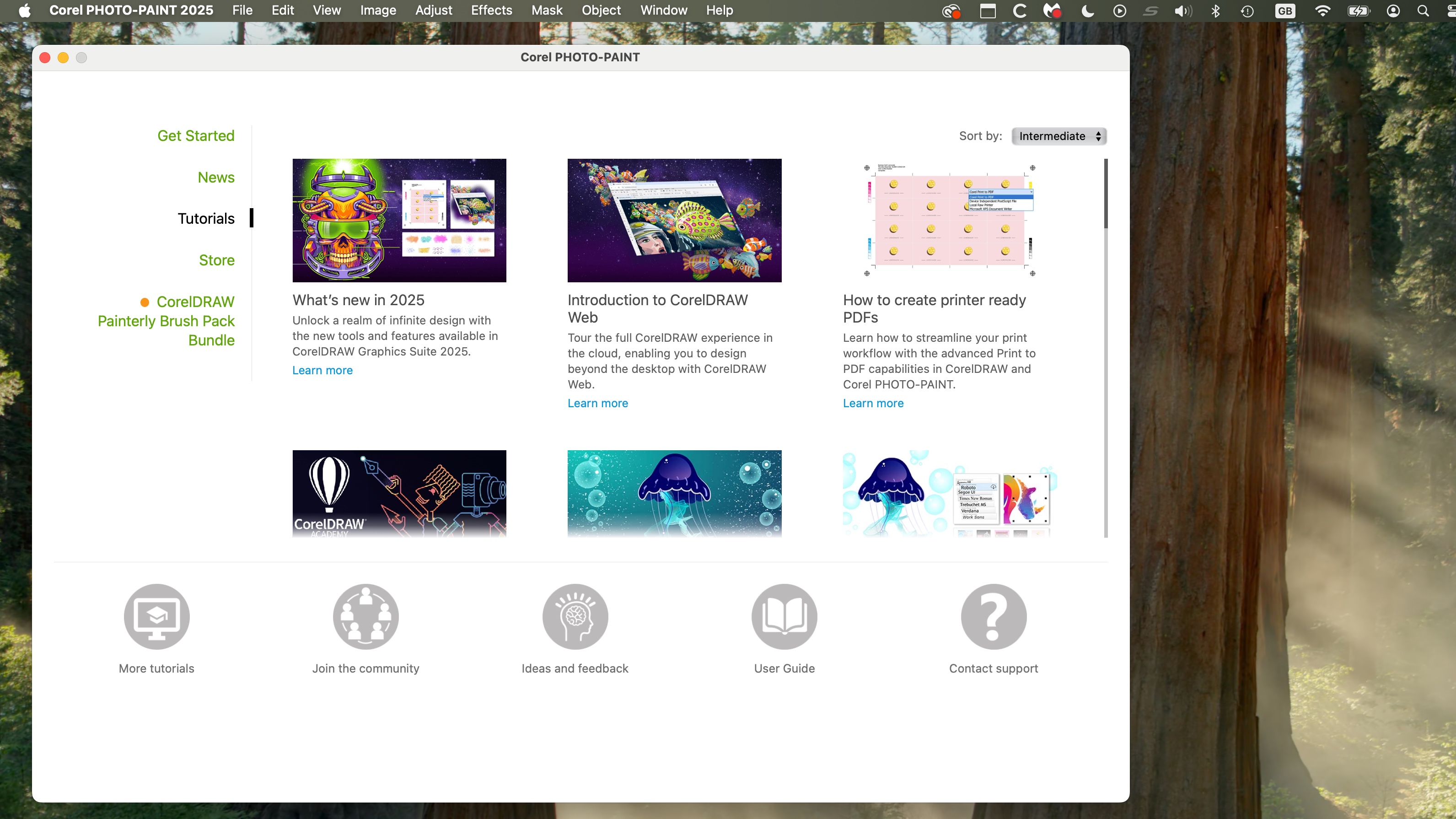
- The Corel suite is cheaper than a lot of the competition, and on top of that, you also have the option of purchasing a licence, if you prefer that over subscribing. The 15-day trial is also welcome
We know it’s been six years since the momentous occasion, but it’s worth mentioning often: after a 20-year absence from the field, Corel finally made its professional apps compatible once more with the Mac in 2019, and version 2025 is no exception: whether you own a Windows or Mac computer, you can download this suite and test it out free for 15 days by clicking here.
After the trial is up, you’ll need to open your wallet, although unlike companies like Adobe, Corel offers you a choice: a one-time purchase for $549 / £659, or an annual plan, where you pay $22.42 / £26.58 each month (which means a one-time purchase is roughly equivalent to two years of rental, but without any possibility of upgrades, and the loss of some additional features which we’ll explore below).
This price includes PHOTO-PAINT (a Photoshop equivalent) and DRAW (an Illustrator equivalent). Quickly checking the competition, you’ll find subscribing to those two Adobe apps would cost you around twice as much ($45.98 / £45.96), so right there Corel’s offering is a pretty good deal. But what can you do with the suite?
CorelDRAW Graphics Suite 2025: The suite
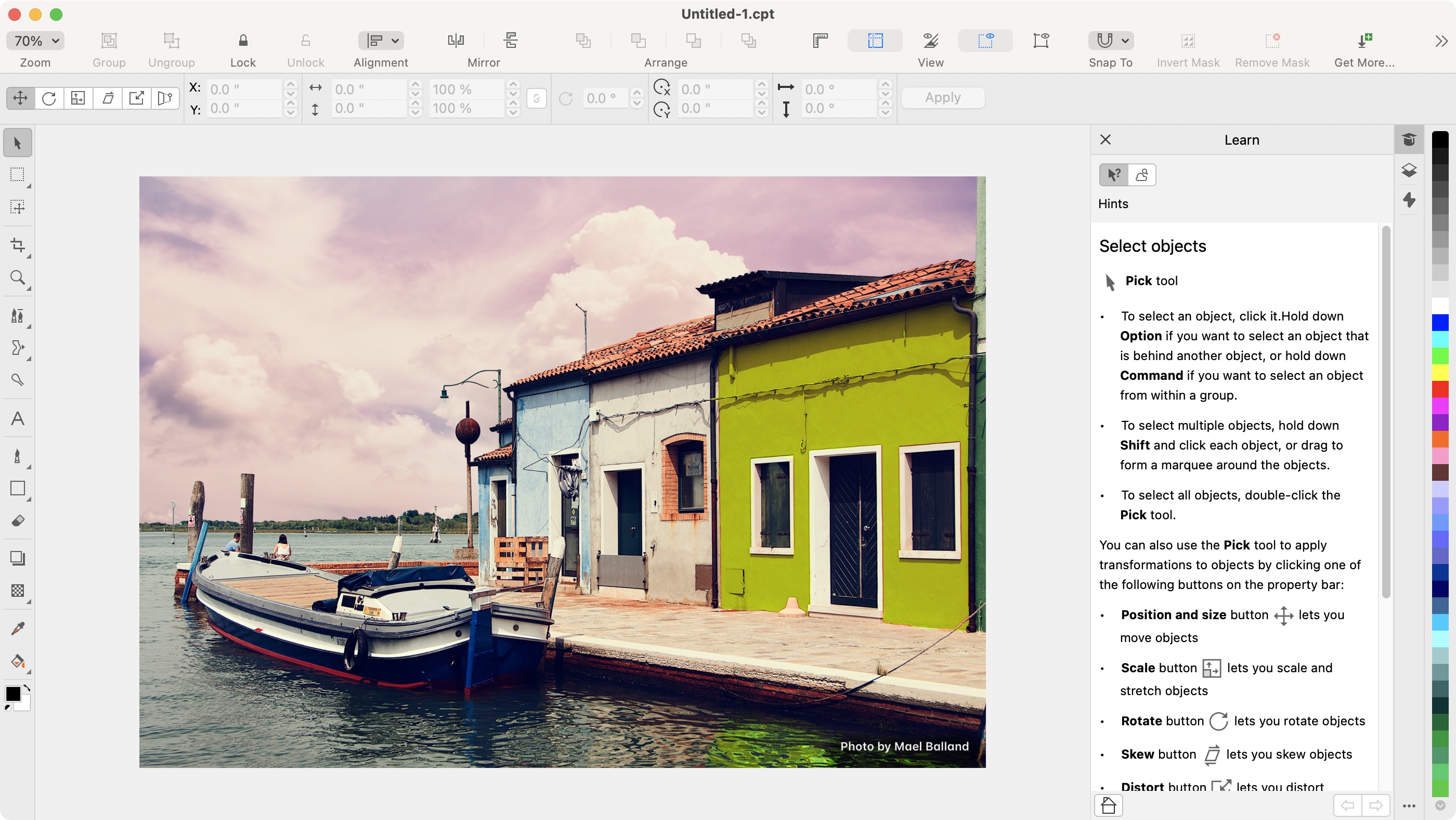
- 6 apps, but really only 2 major ones, comprise this suite. The online service is a good addition but it’s only for subscribers, and why couldn’t they include ‘Capture’ with the Mac version, or at least reduce the Mac’s price since it doesn’t include all the apps that are part of the Windows suite?
This Graphic Suite comes with a host of creative apps. The main one, the one the suite borrows its name from, is CorelDRAW. This is a vector illustration and page layout program. If you’re familiar with Adobe Illustrator, it’s similar. CorelDRAW comes with PowerTRACE, which is an AI-powered bitmap-to-vector tracing tool, and is a massive time saver (as all good time-saving AI tools should be).
Next is Corel PHOTO-PAINT, which is Corel’s Photoshop equivalent. With it, you can edit images and create pixel-based projects. Corel Font Manager is an alternative to your computer’s default font management tool which we found fun and easy to use, and also gives you direct access to over 1,000 Google fonts.
CorelDRAW Web, is a browser-based service that lets you create projects online, wherever you may be. There is one drawback to it, mind: it’s only available to customers who subscribe to the suite. Those who opted to purchase their licence are sadly out of that loop.
And finally, there’s Capture, a screen capture tool which is sadly Windows only. Even though Mac users pay the same price for the suite, they end up with 5/6th of what Windows users get. Be that as it way, we’ll take a brief look at the two main apps, PHOTO-PAINT and DRAW.
The integration between all apps in the suite allows for the sharing of numerous features, including Pantone Dualities, which bring powerful colour management between all apps in the suite, designers and printers, through industry recognised palettes.
CorelDRAW Graphics Suite 2025: Corel PHOTO-PAINT
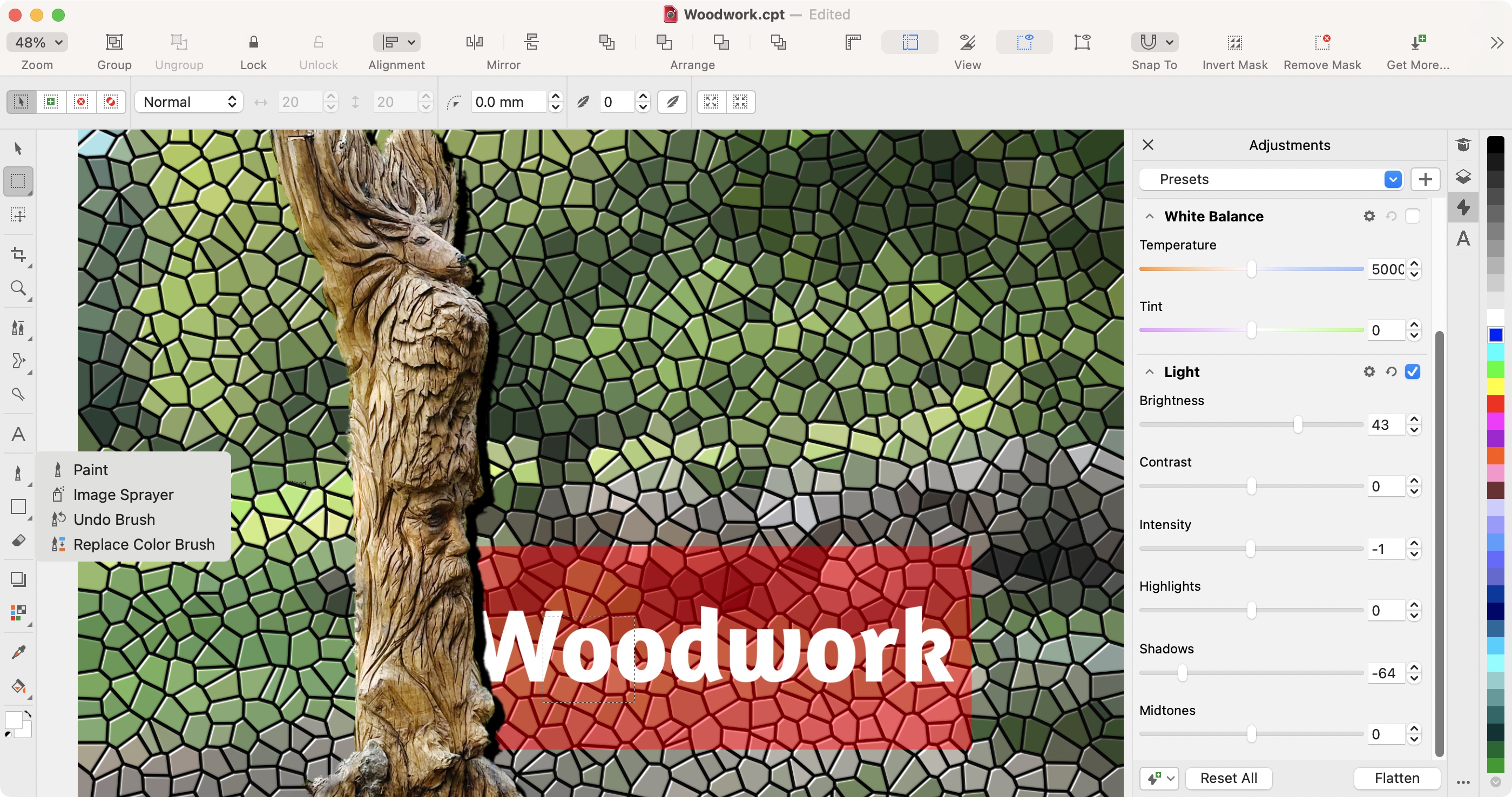
- We found this image compositing program to be very competent, with tools similar to its competition, even if its way of working is different and will necessitate a bit of a learning curve if you’re used to the way other apps do things
One of the two main apps of this suite is PHOTO-PAINT, which is designed to be as welcoming as it can be. OK, you must sign in (or create an account) before you can use it, but once you’re in, you’ll be greeted with a welcome page offering you numerous online tutorials to help you understand which features are available and how you can make use of them.
Even when you open a file, you’ll find a ‘Learn’ sidebar on the right to guide you through any creative process, but if you don’t need this, just close it to get on with your work.
If you’re familiar with other image compositing tools, it won’t take you long to acquaint yourself with PHOTO-PAINT as the concept is pretty much the same: you have tools in a sidebar on one side, with an inspector sidebar on the other, and contextual parameters above.
You’re offered a range of tools to retouch or enhance an image, and of course create one from scratch. If you’re used to Photoshop or other tools that borrow easily from that program’s interface, you will quickly feel comfortable in PHOTO-PAINT, although there are enough differences to impose a learning curve on you. Still, for most of the basics, you’ll find yourself up and running in no time. All the tools you’d expect are there, from drawing and painting, to selecting, colour correction, filters and effects.
We did find it taxed our computer’s CPU the longer we experimented with it though, forcing us to quickly relaunch the program to resolve the issue – something we haven’t encountered with other image compositing software. Still, it could be because we were using an oldish Mac (a 2019 Intel Core i9 MacBook Pro with 64GB of RAM), but we thought it worth mentioning nonetheless.
CorelDRAW Graphics Suite 2025: CorelDRAW

- CoreDRAW is an impressive vector-based drawing package with powerful tools, which seamlessly combine bitmap drawings and photos with resolution independent vectors
When you launch CorelDRAW, you’ll be graced with a very similar welcome page to PHOTO-PAINT, along with tutorials and a ‘Learn’ section when you’re in the app proper. This family resemblance extends to file formats, as CorelDRAW can open PHOTO-PAINT documents. The reverse is not as seamless, as the DRAW files need to be converted; DRAW can handle bitmap content just as well as vector ones in its files.
CorelDRAW is a program designed to work with vectors, essentially resolution independent art, represented by mathematical equations. You have at your disposal powerful tools and brushes to design complex artwork which will look sharp and crisp at any resolution. Perhaps the most impressive tool we explored is PowerTRACE, which is fully embedded within CorelDRAW itself.
Its purpose is to convert a bitmap image (i.e. any photo, or any drawing created in PHOTO-PAINT, Photoshop or similar), into a vector equivalent. Depending on your image’s complexity and your computer’s power, it may take a few seconds for the action to complete, but we were highly impressed by the results. We chose particularly complex images, and the output was truly excellent.
Other impressive tools are the Painterly brushes, which allow you to replicate realistic brush strokes inside CorelDRAW: it’s a pixel-based brush tool that’s controlled by vector curves, combining the best of both worlds when it comes to design and illustration. This means you get great detail and effects, which are easily scalable with zero resolution issues. CorelDRAW comes with hundreds of preset brushes but if you feel the urge to own more, there’s an online store which you can access via the Welcome screen, where you can purchase additional packs. Also, as yet another incentive to get you to subscribe rather than buy, you’re given a further 100.
A further bonus for subscribers is CorelDRAW Web, which allows you to perform quick edits to projects directly from a compatible web browser, from any machine. You can upload existing work and carry on with this online, or bring projects you started in the browser to further refine in CorelDRAW itself. It’s a very nice touch, and it’s pretty amazing what you can achieve from within a web browser these days – for those who don’t mind renting their software, that is.
Should I buy CorelDRAW Graphics Suite 2025

Buy it if…
You’re looking for an affordable design suite that allows you to work with bitmap pixel-based images, and vectors, work online when you need to, gain access to Google fonts, and even record your screen (PCs only)
Don’t buy it if…
All you want is to draw a little and don’t wish to feel overwhelmed with a powerful set of tools with far too many features, and you don’t like that those who buy get fewer features compared to those who subscribe.


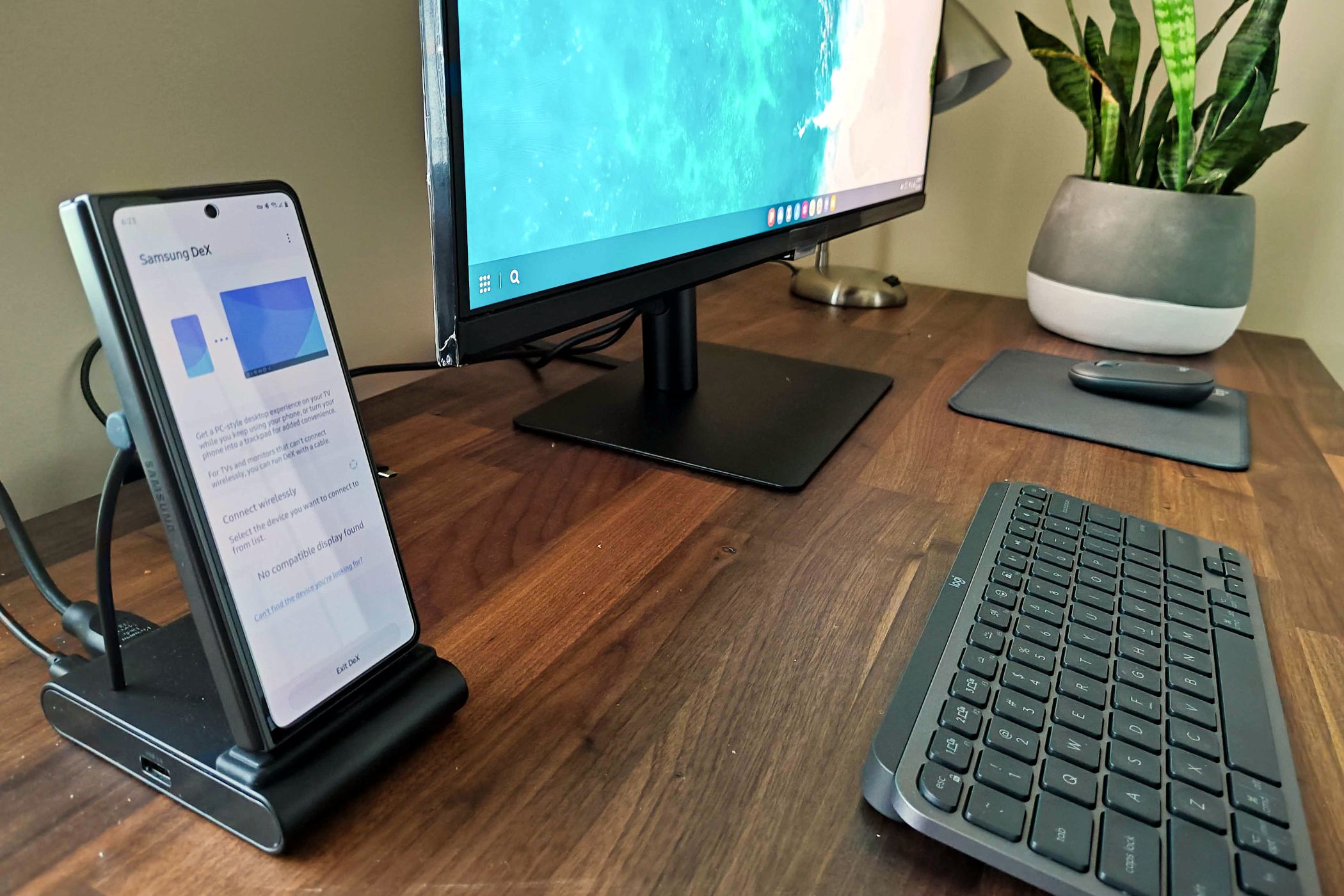
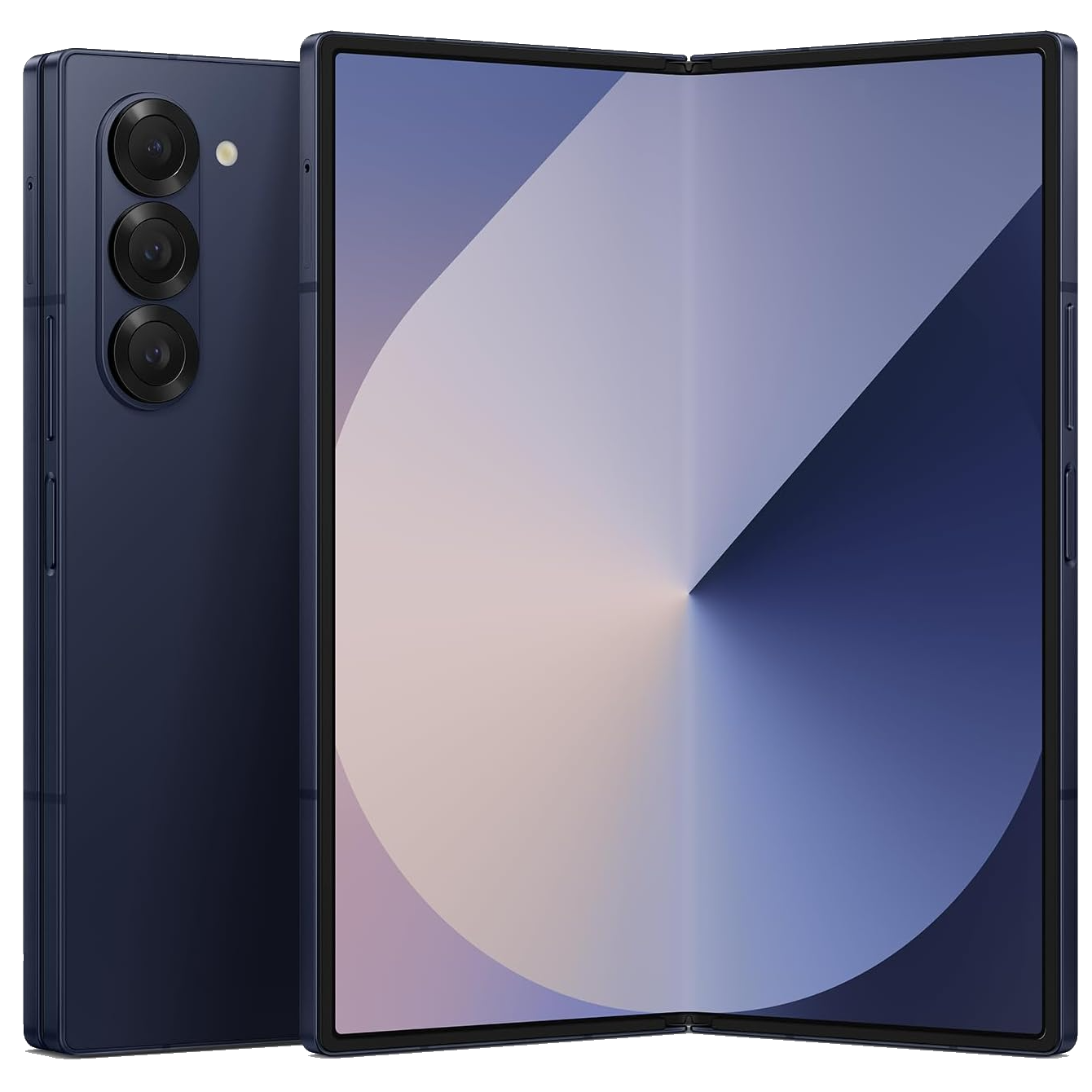
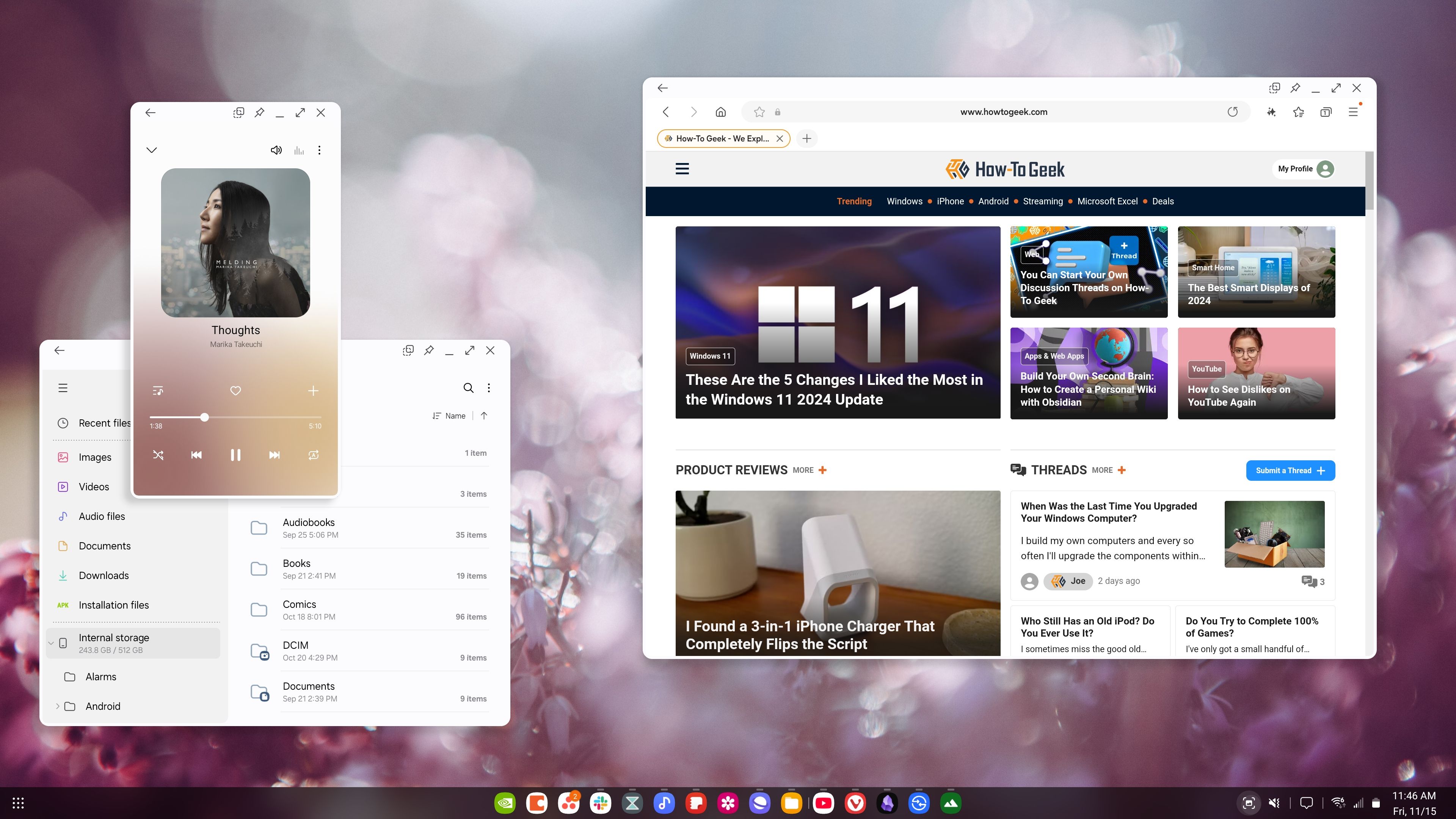
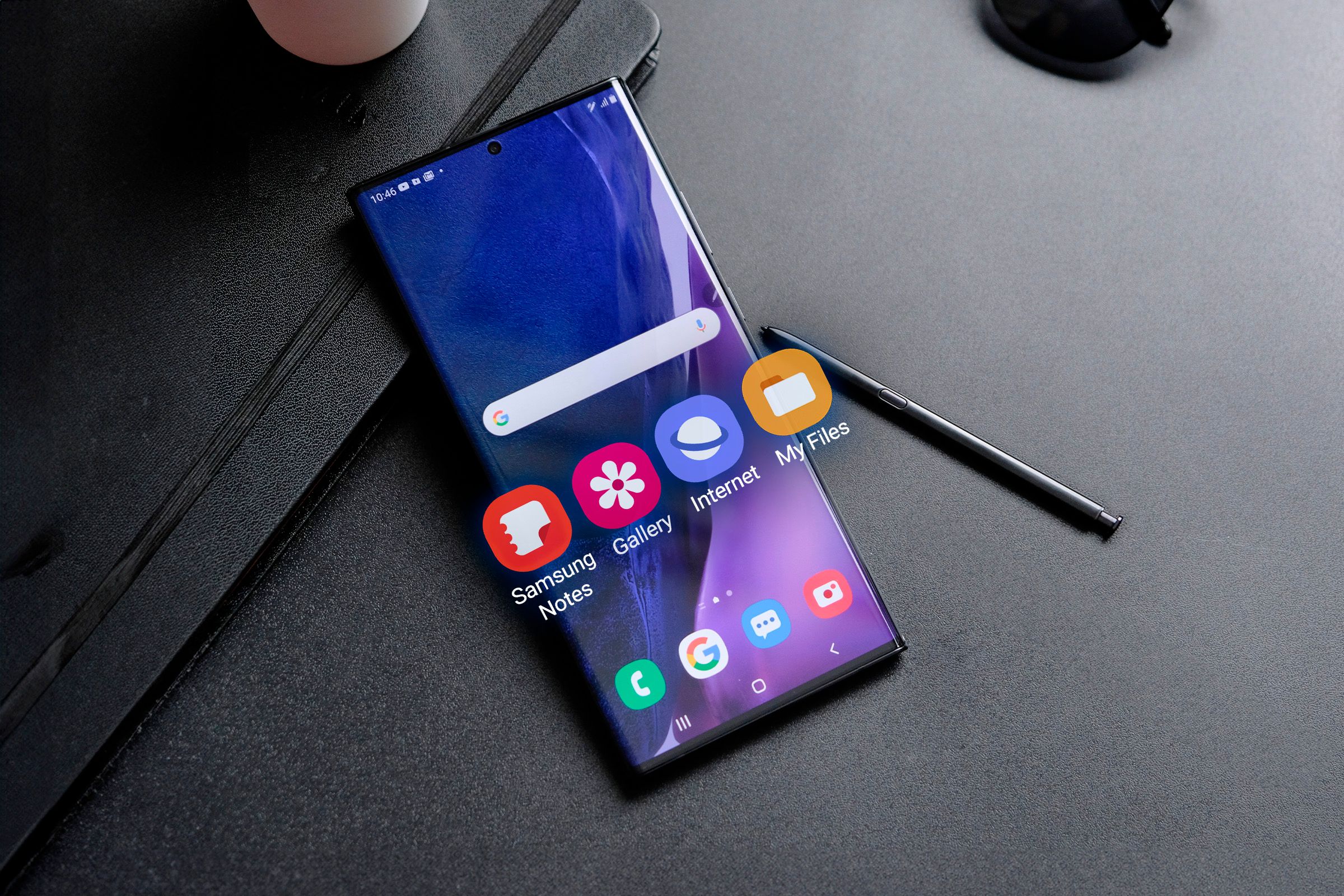
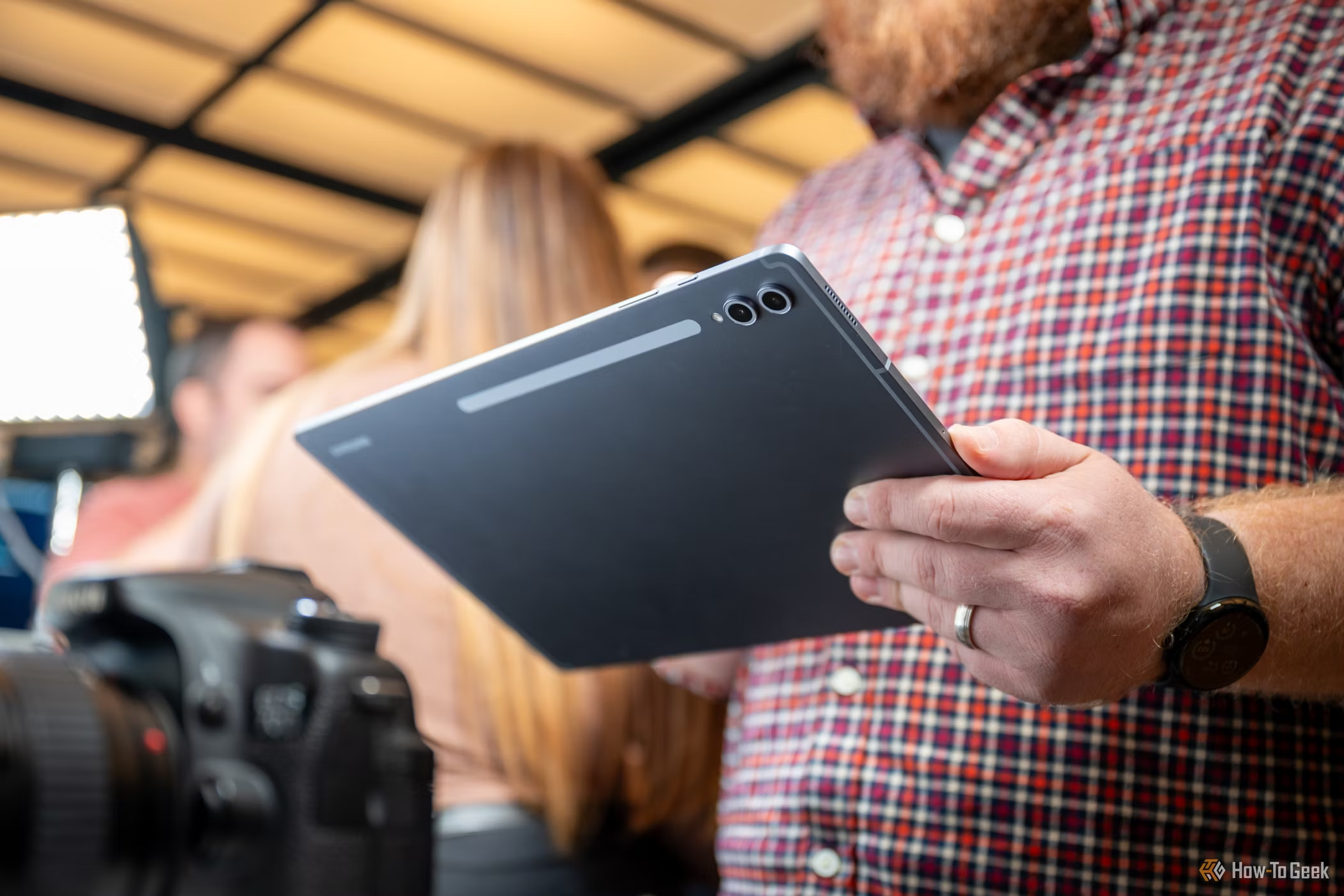
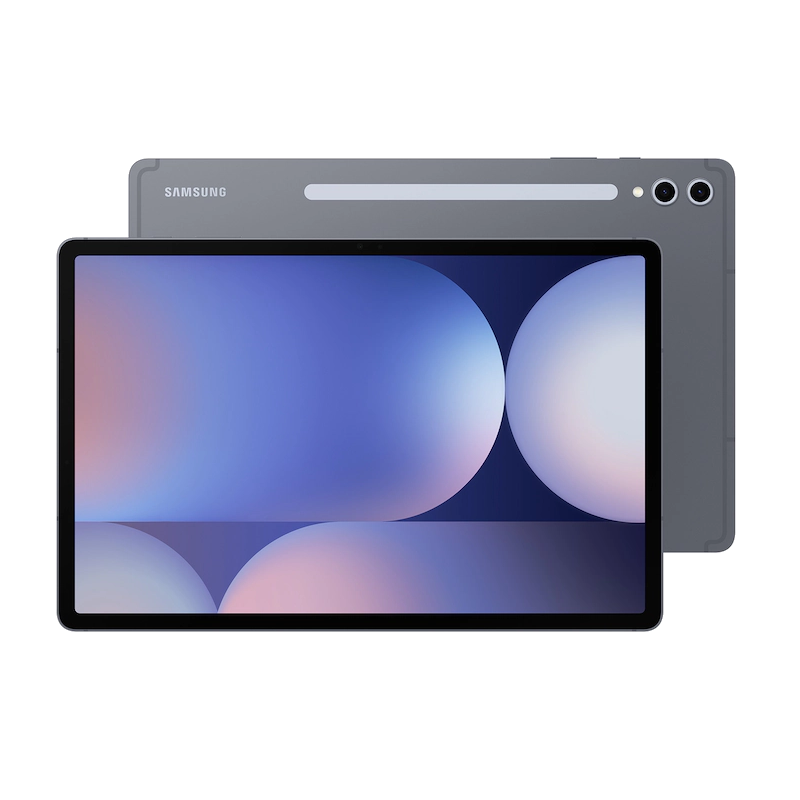

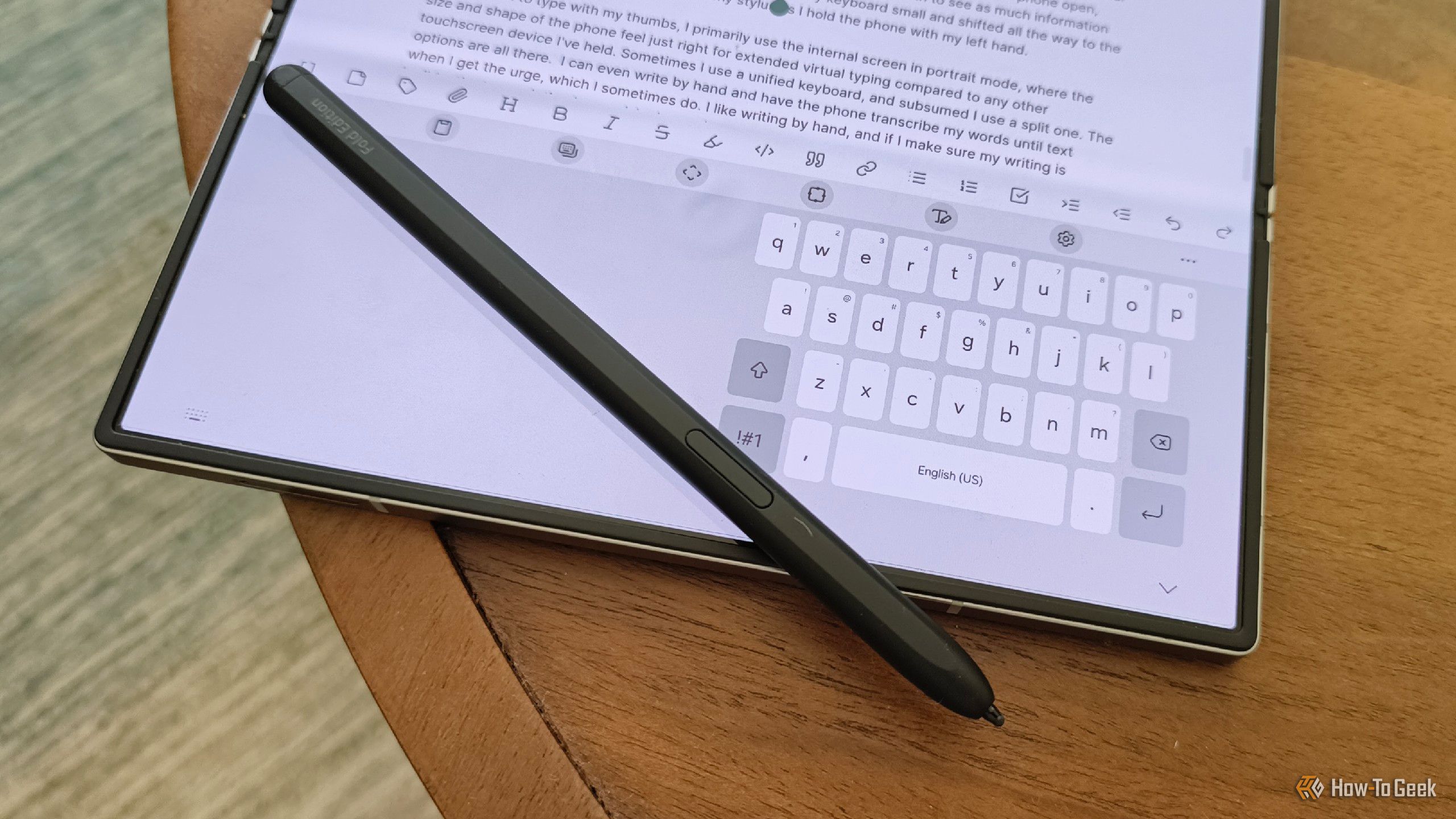

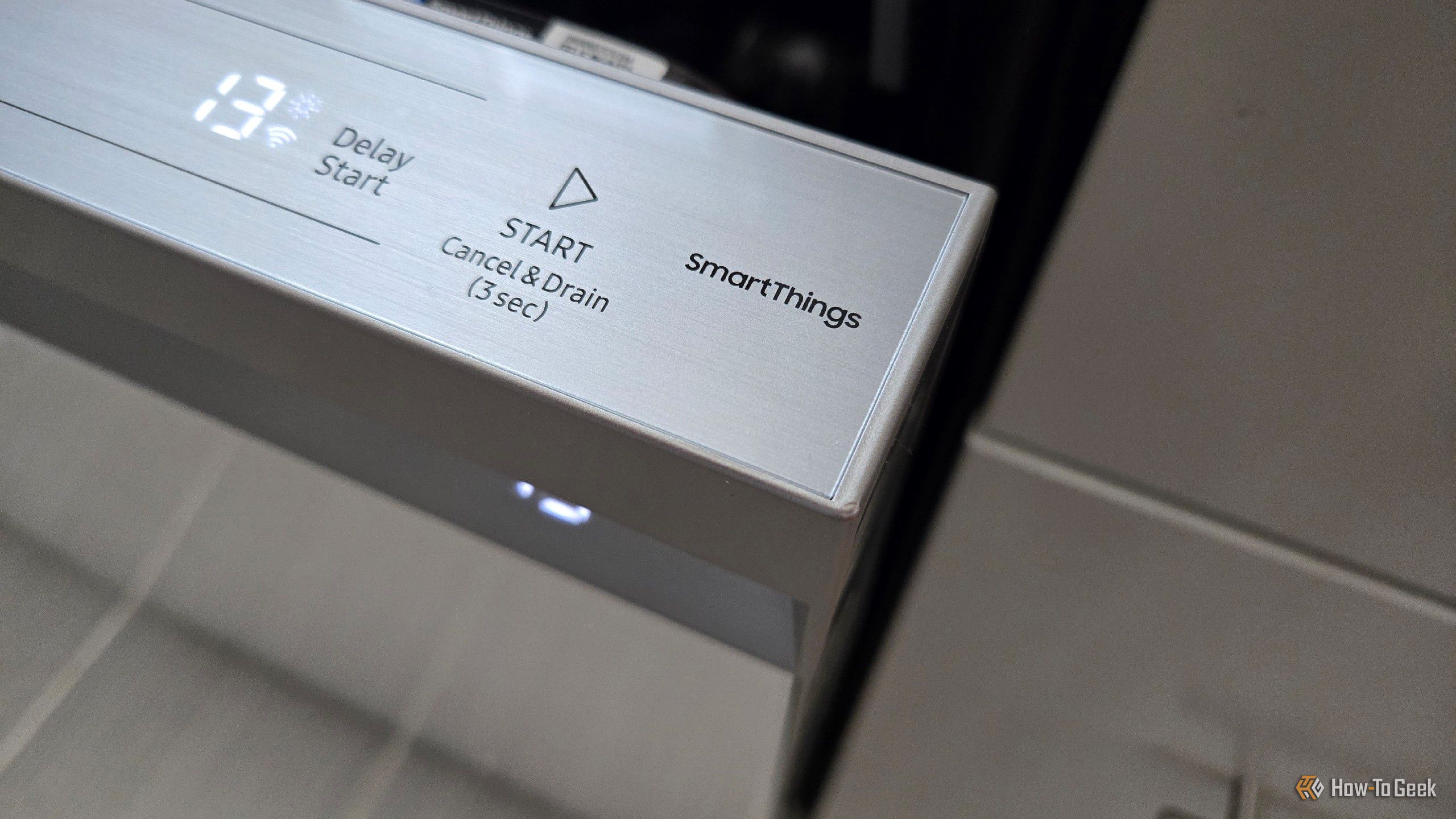

:max_bytes(150000):strip_icc()/GettyImages-481866530-ada58537a4fa4083a92964d88fc40ed0.jpg?w=1920&resize=1920,1363&ssl=1)
:max_bytes(150000):strip_icc():format(jpeg)/GettyImages-481866530-ada58537a4fa4083a92964d88fc40ed0.jpg)



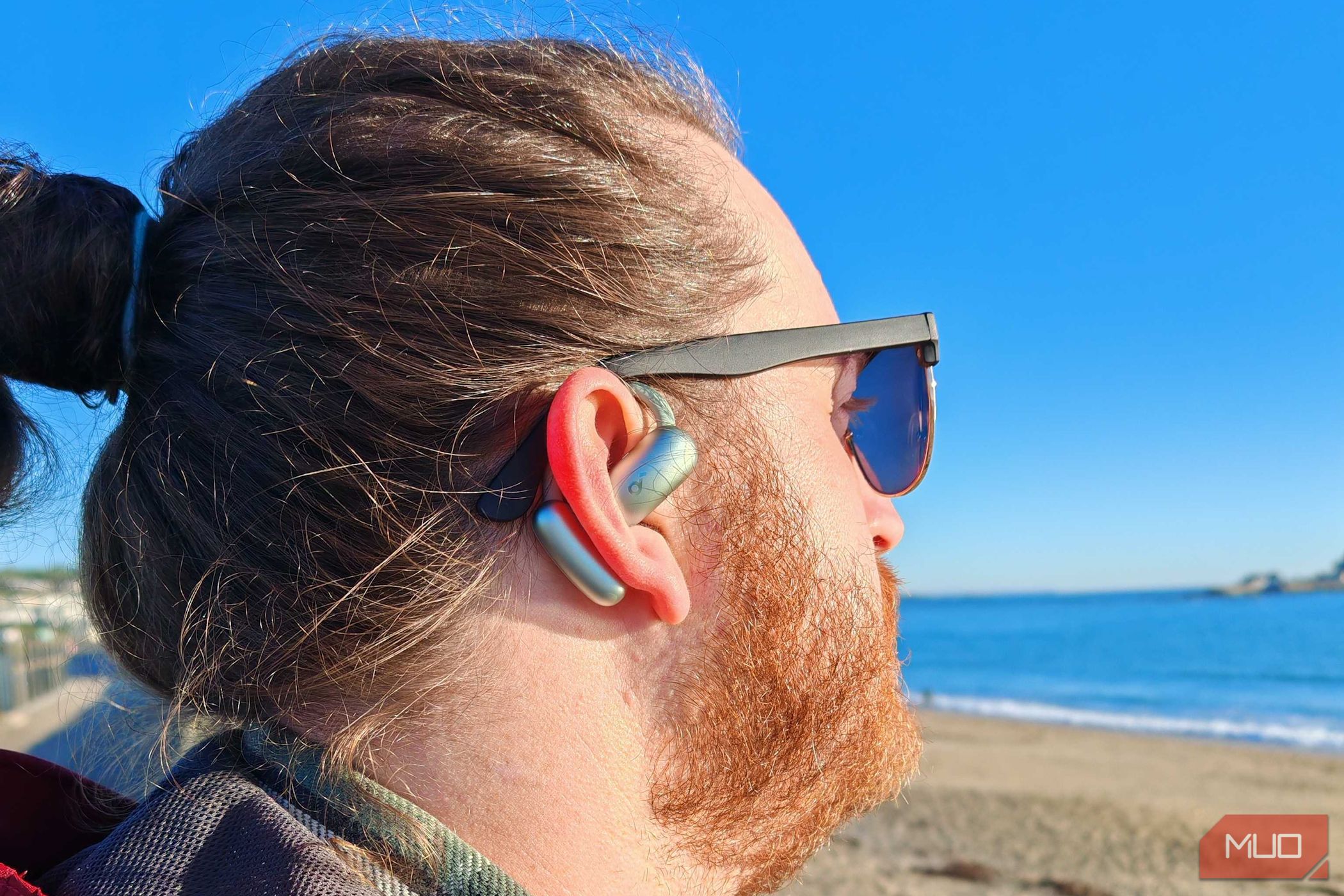
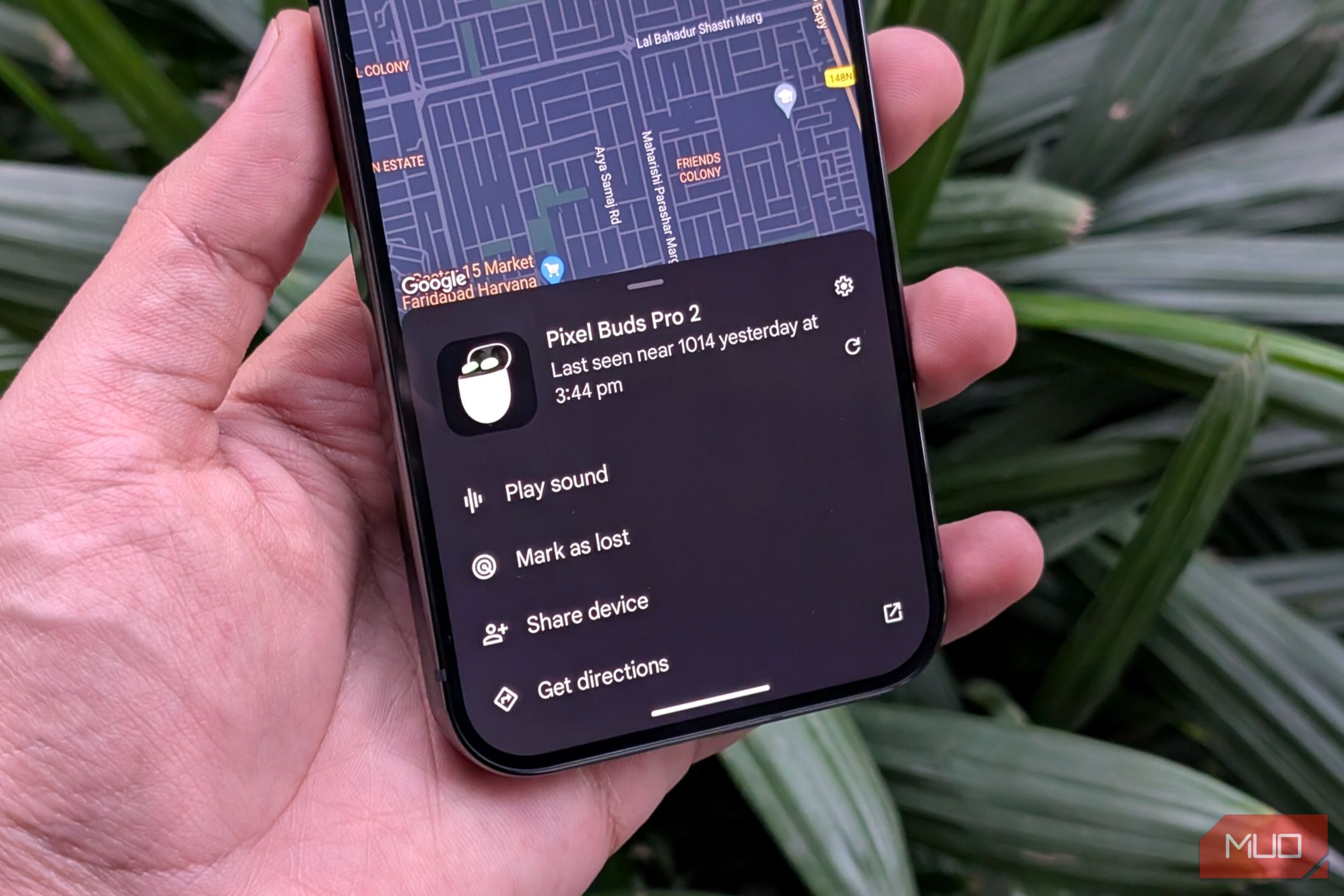
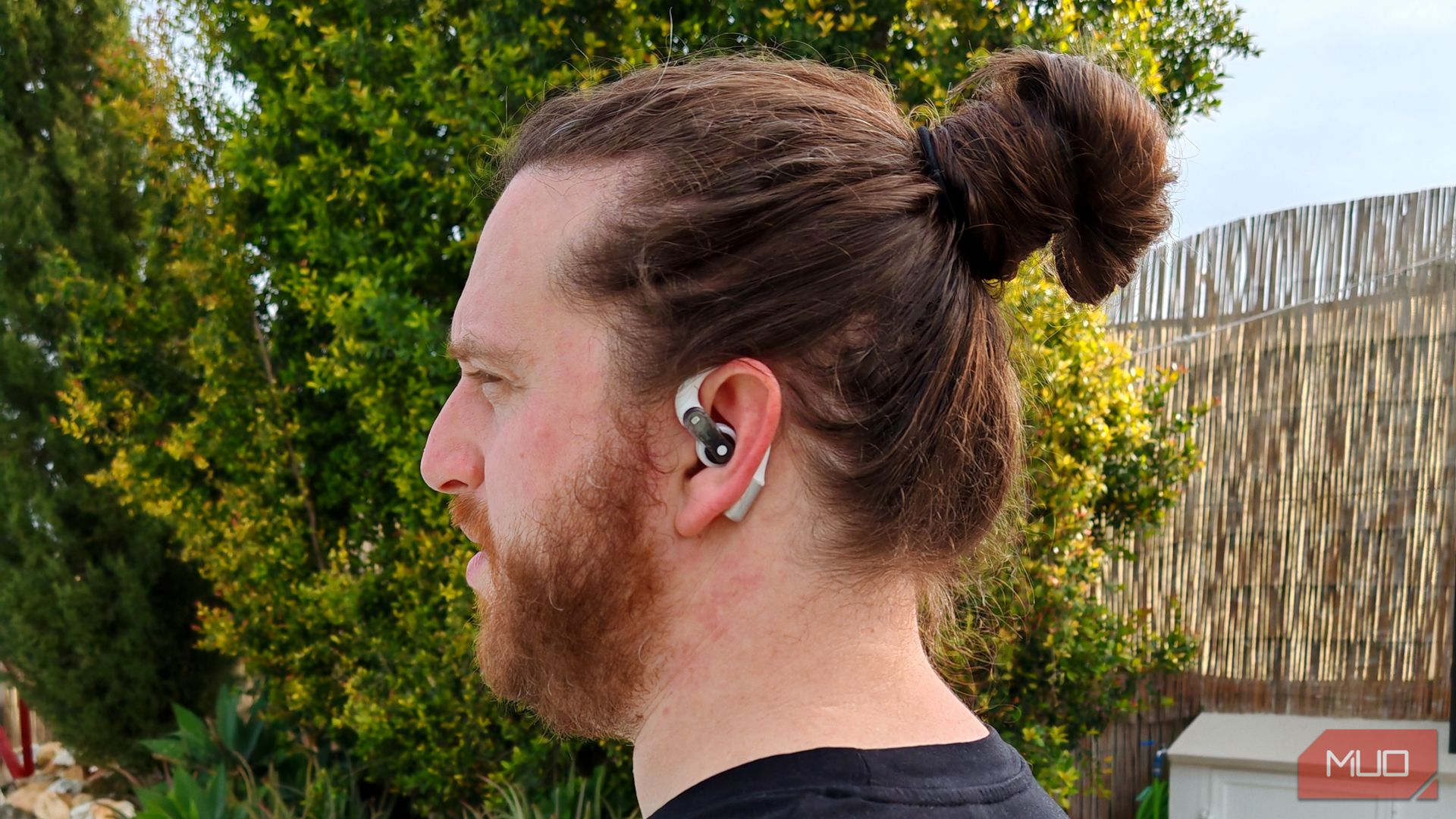
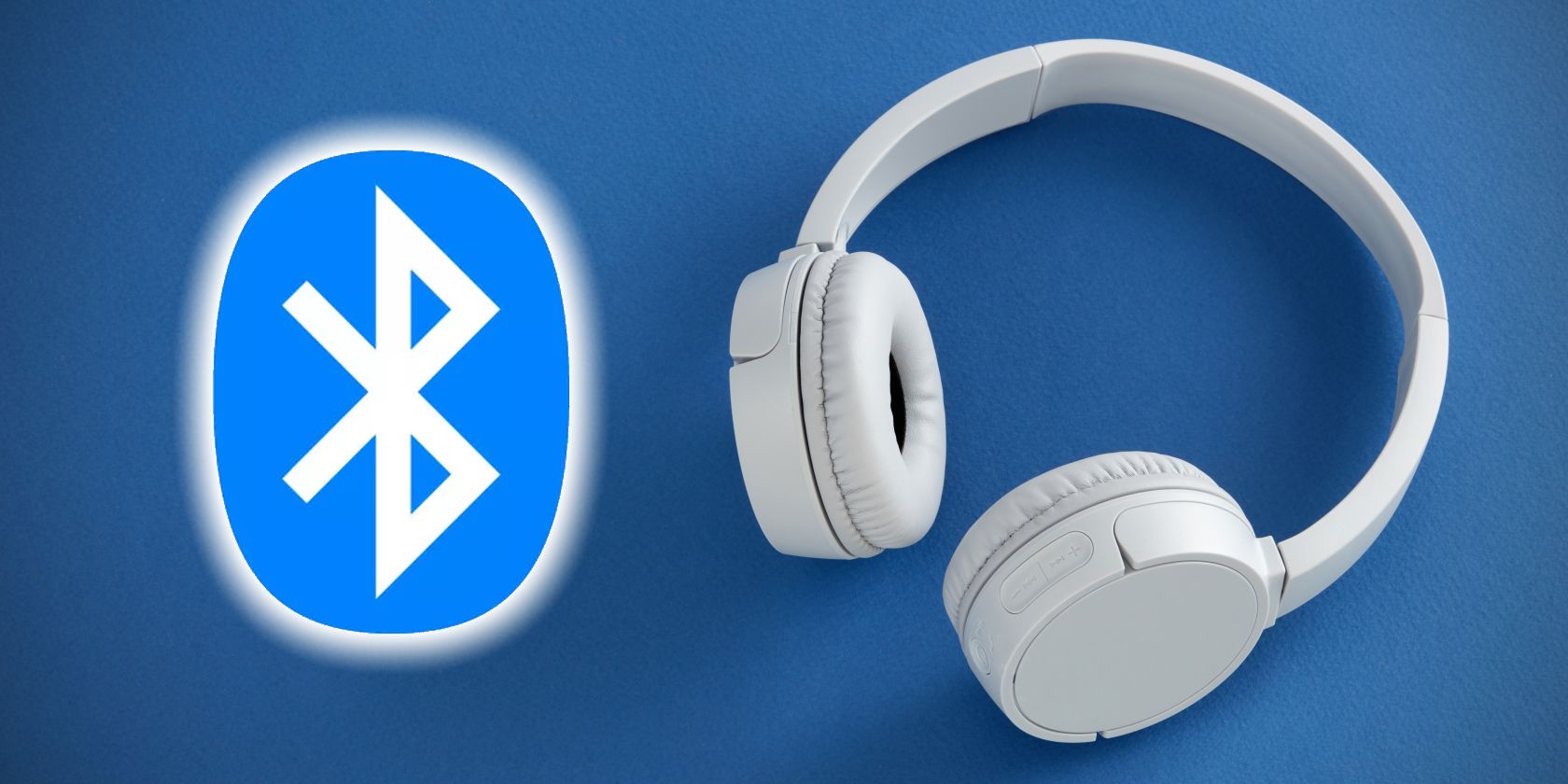

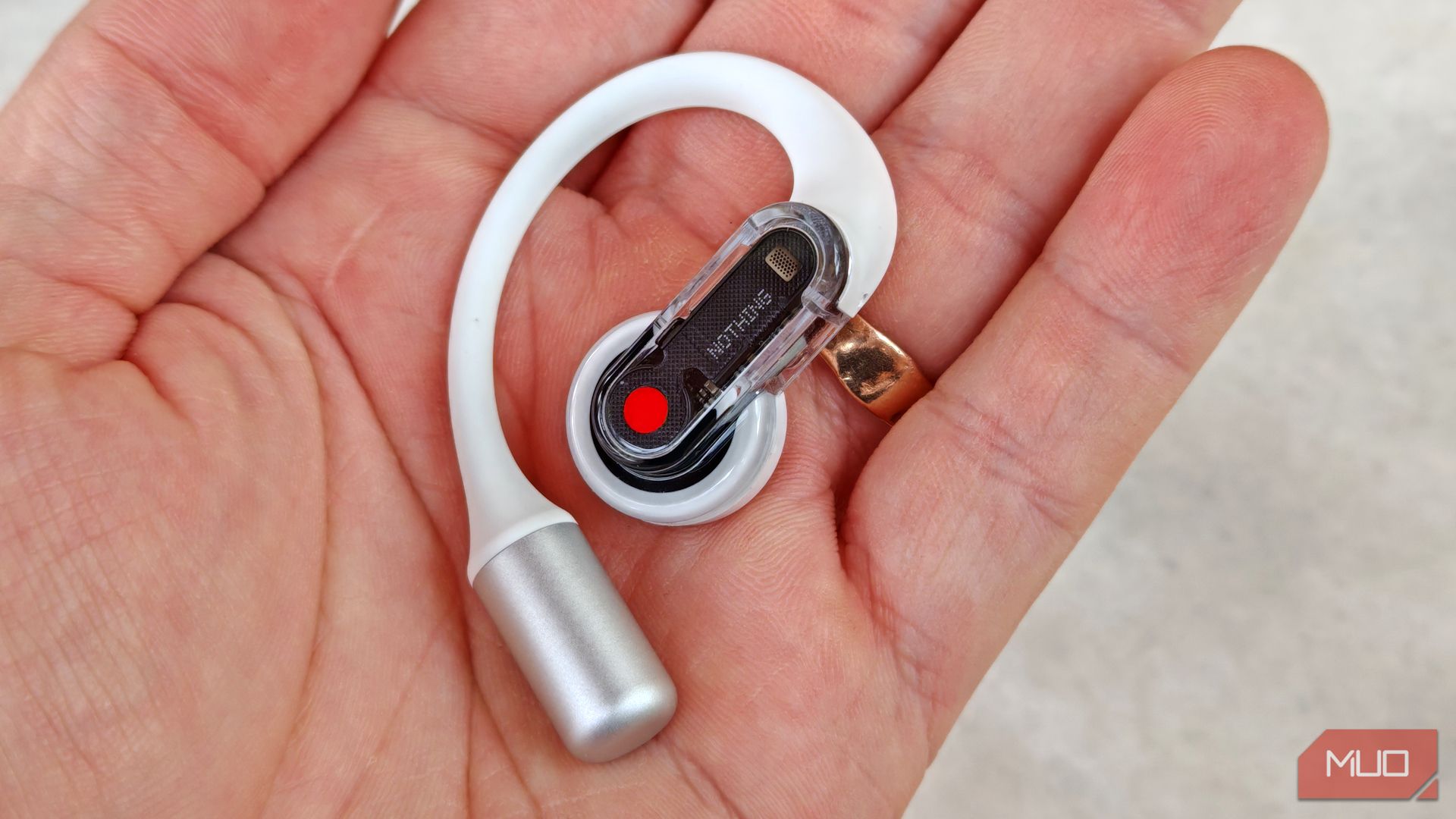



![“Skytech Rampage Gaming PC: Ryzen 7 9700X, NVIDIA RTX 4070 Super, 1TB SSD, 32GB RAM, 360mm ARGB AIO”: Available now at [price_with_discount] “Skytech Rampage Gaming PC: Ryzen 7 9700X, NVIDIA RTX 4070 Super, 1TB SSD, 32GB RAM, 360mm ARGB AIO”: Available now at [price_with_discount]](https://i2.wp.com/techdeals.net/wp-content/uploads/2024/11/Skytech-Rampage-Gaming-PC-Ryzen-7-9700X-NVIDIA-RTX-4070.jpg?w=1920&resize=1920,2400&ssl=1)







